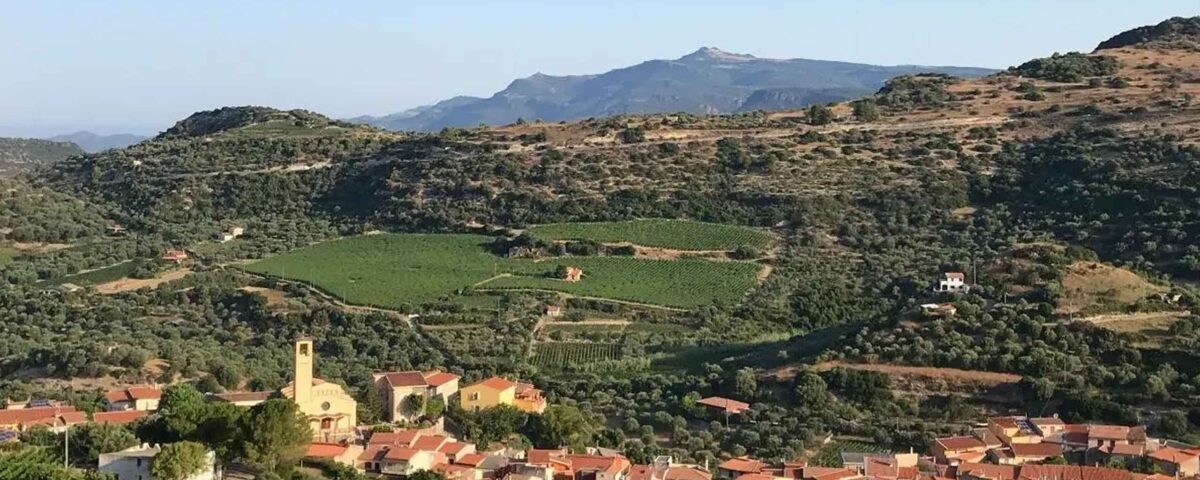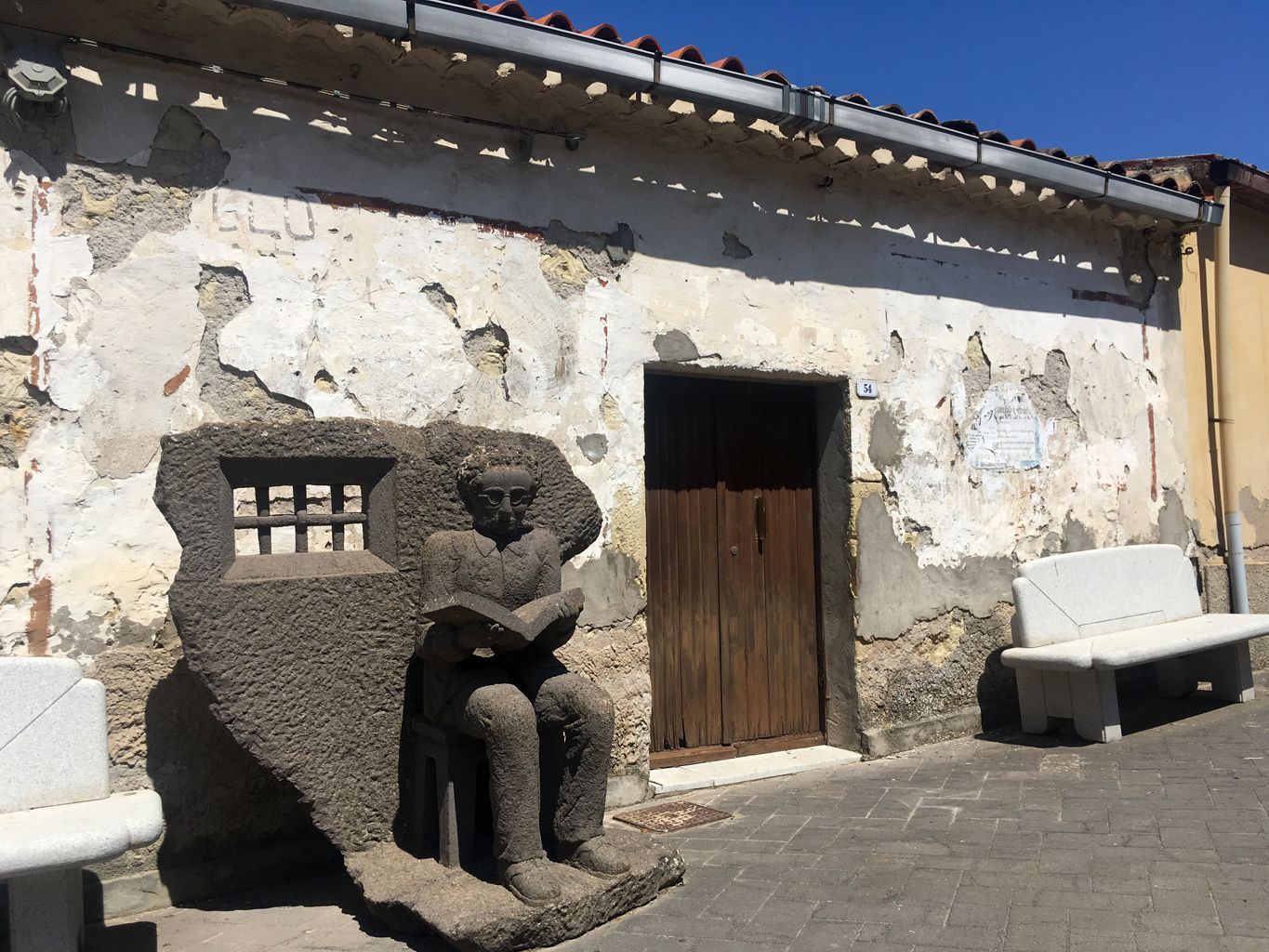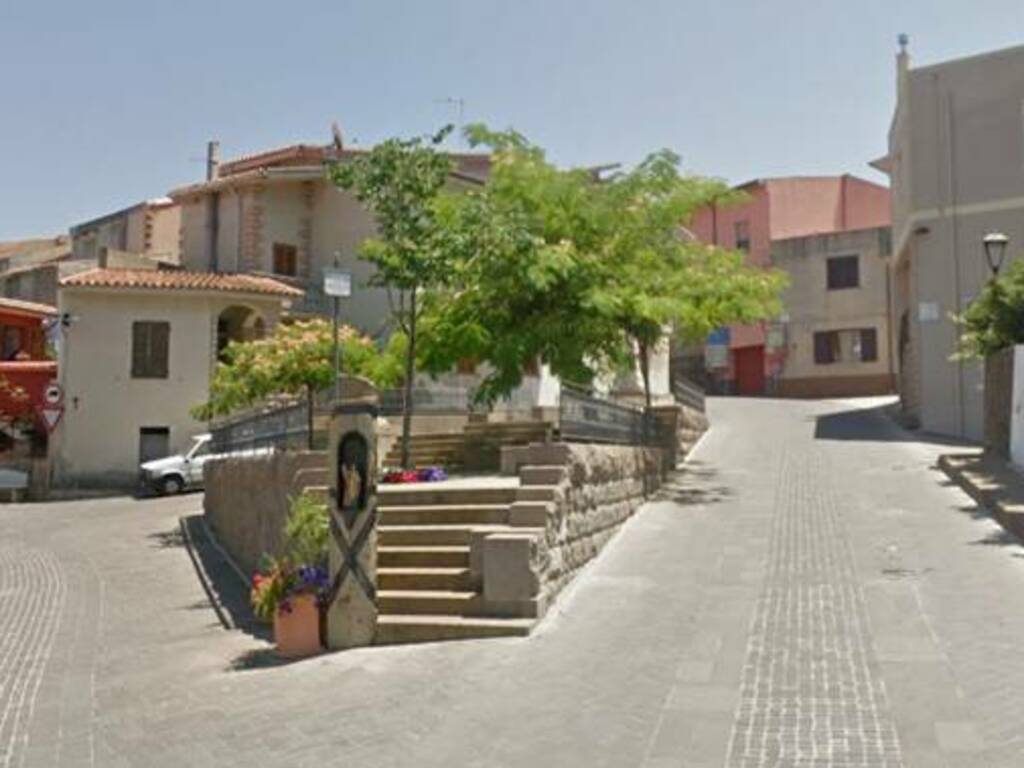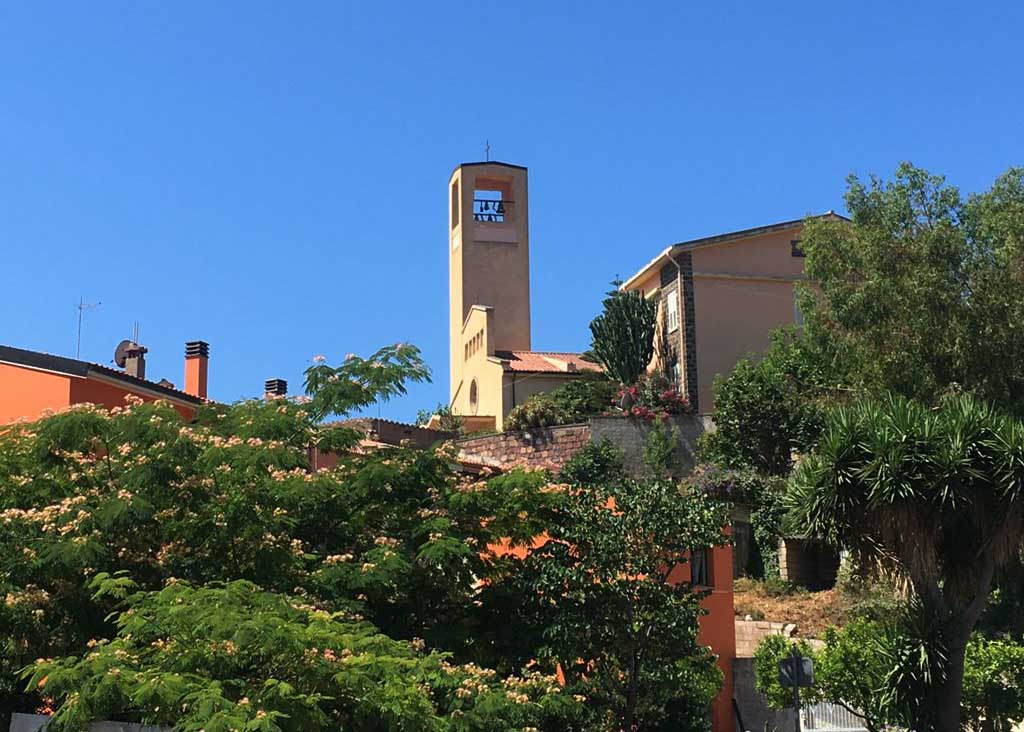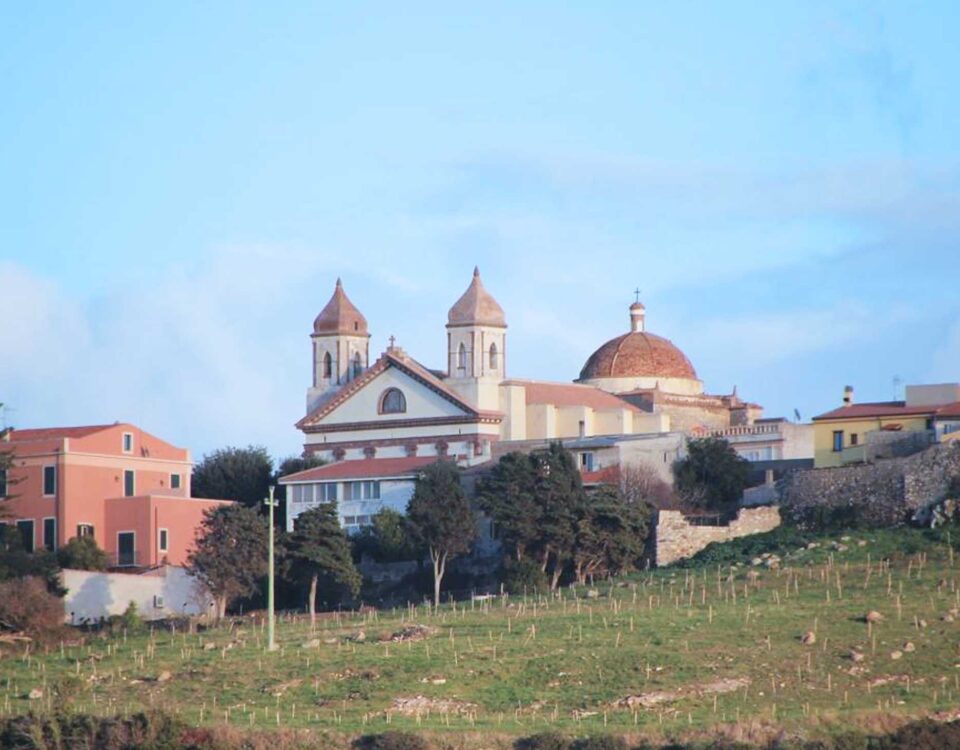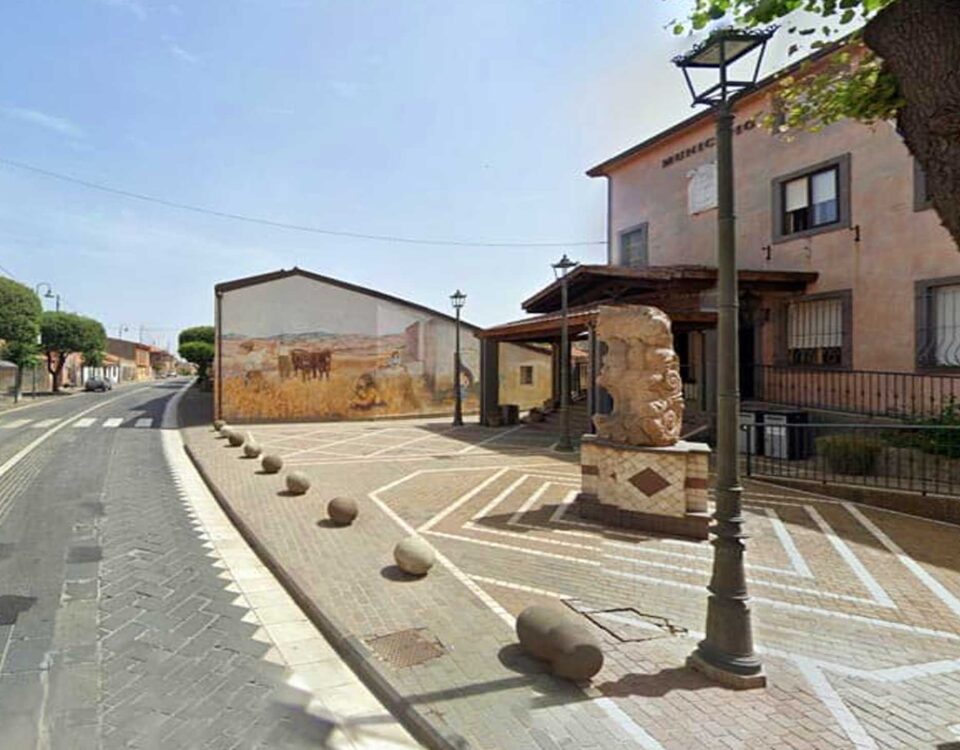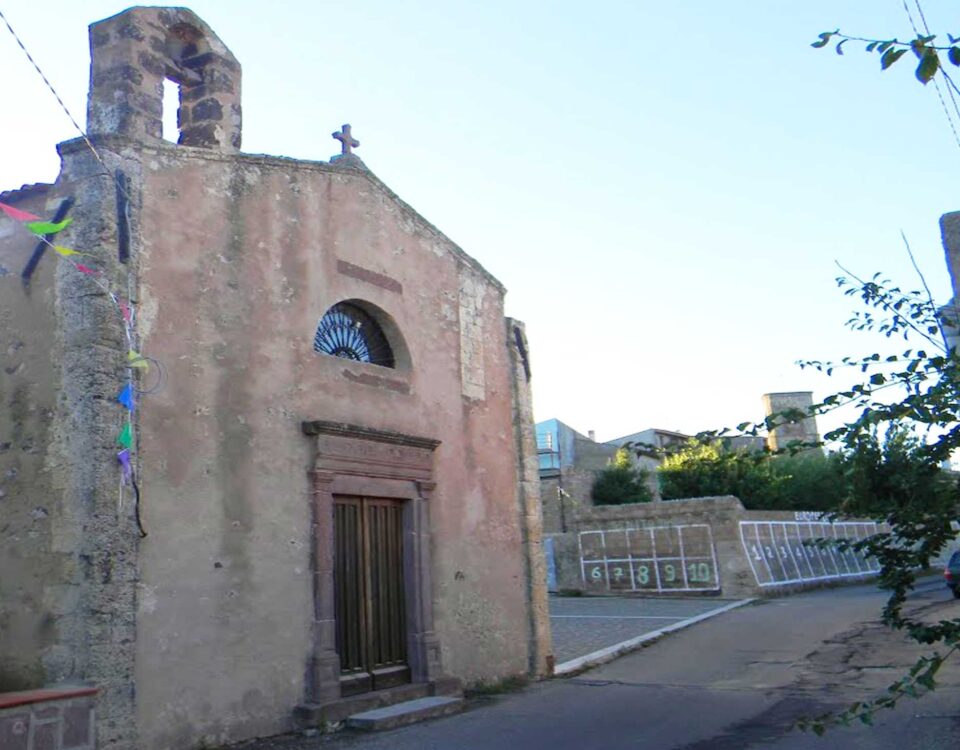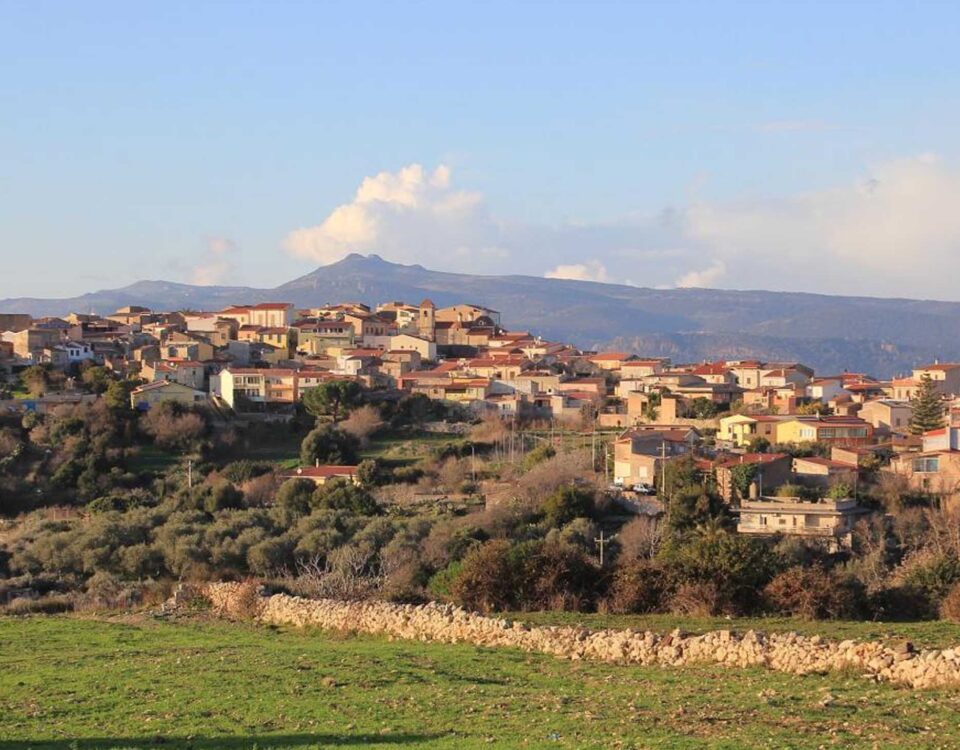
Municipality of Flussio
28 March 2023
Municipality of Magomadas
28 March 2023Nestled in a beautiful valley to which it gives its name, surrounded by gentle, fertile hills. Modolo is a tiny centre of less than 200 inhabitants in the Planargia, four kilometres from Bosa and 50 from Oristano. In its territory, used for agricultural activities, lush cherry trees, centuries-old olive groves and fragrant vineyards grow, giving the landscape a picturesque appearance. The most renowned production is that of wine, particularly malvasia.
The village was perhaps founded around the 3 century B.C., during the Punic period. From the Roman domination remains a villa in the surroundings of the settlement and the name Modulo vallis, mansio crossed by the western road from Sulki (Sant'Antioco) to Neapolis, Othoca (Santa Giusta) and Cornus (ancient Cuglieri) and continued to Bosa. The name changed to Modolo in the Middle Ages. The area where it stands has been frequented since the Neolithic, as evidenced by several domus de Janas, and inhabited in the Bronze Age, as evidenced by the many Nuragic monuments. In the valley of Modolo (in the territory of Suni) stands the Nuraghe Seneghe with a six-metre high tower, built with huge basalt blocks arranged in horizontal rows, a corridor from which three niches and two architraved entrances branch off.
The town's main monument is the parish church of St Andrew the Apostle, dating back to the early Middle Ages (7 century AD) and founded by Byzantine monks who evangelised the area.
READ ALL
Inside the church are 17 century wooden statues and a crucifix. Other churches are dedicated to the Madonna del Grappolo, St Isidore and Santa Croce. The most heartfelt celebrations are for the patron saint, twice a year: mid-May and late November. Another traditional feast is the fireworks of Sant'Antonio abate in mid-January with wine and typical products tasting.


